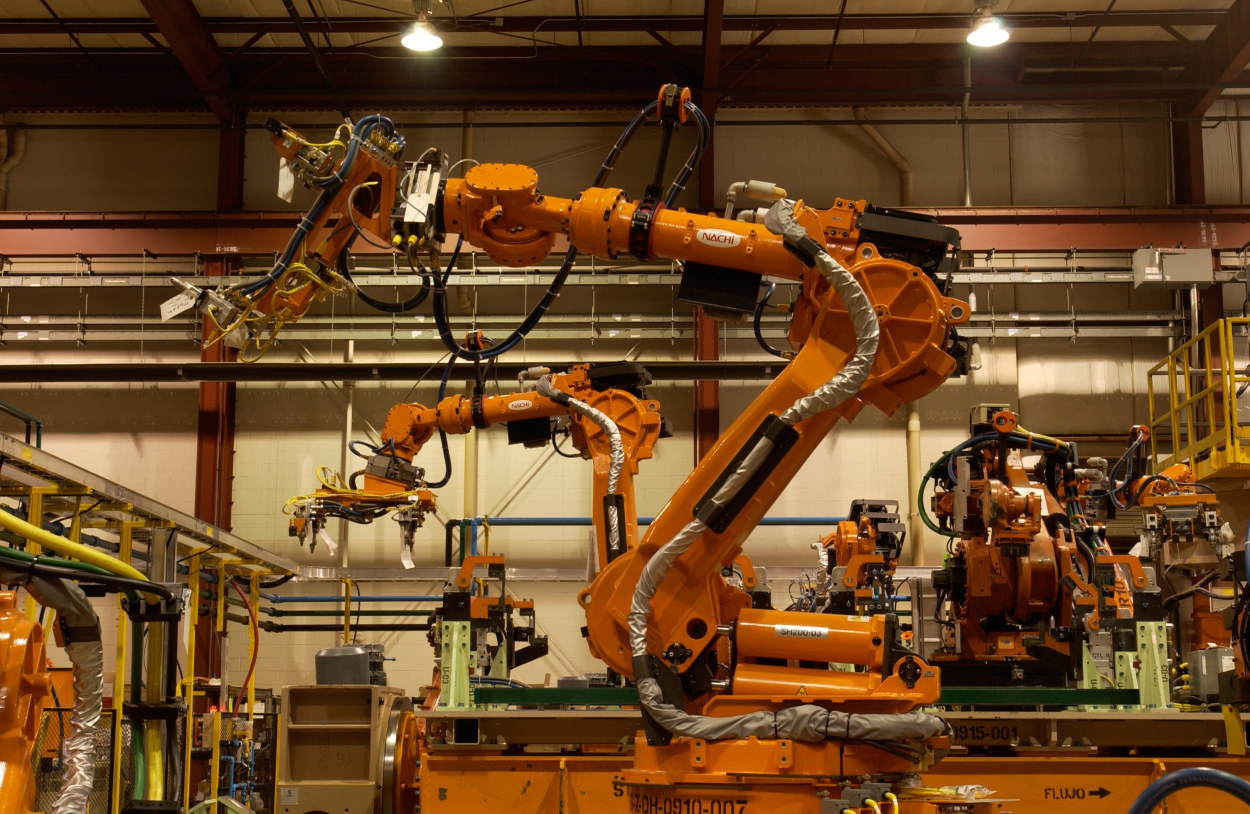
Equipment design is a multidisciplinary field that encompasses various subjects to provide students with a comprehensive understanding of designing and developing equipment for different industries. The specific subjects taught in equipment design programs may vary depending on the educational institution and the level of the program (undergraduate or graduate). However, here are some common subjects that are typically covered in equipment design courses:
Engineering Mechanics: This subject focuses on the fundamental principles of mechanics, including statics, dynamics, and kinematics. It provides students with a foundation in analyzing and predicting the behavior of equipment under different loads and conditions.
Strength of Materials: Strength of materials deals with the behavior of materials under external forces and stresses. It covers topics such as stress and strain analysis, material properties, failure theories, and design considerations related to material selection for equipment components.
Machine Design: Machine design is a core subject in equipment design programs. It explores the principles and techniques involved in designing various machine elements such as shafts, bearings, gears, springs, and mechanical power transmission systems. Students learn about design considerations, stress analysis, fatigue, and life prediction methods.
Fluid Mechanics: Fluid mechanics is the study of fluid behavior and its applications. In equipment design, this subject helps students understand the principles and calculations related to fluid flow, pressure, piping systems, pumps, fans, and other fluid handling components.
Thermodynamics: Thermodynamics focuses on the principles of energy transfer, conversion, and utilization. In equipment design, students learn about thermodynamic cycles, energy efficiency, heat transfer mechanisms, and thermal systems used in equipment and machinery.
Control Systems: Control systems deal with the design and analysis of systems that regulate and control the behavior of equipment. This subject covers topics such as sensors, actuators, feedback control, modeling, and system optimization techniques.
Manufacturing Processes: Students are introduced to various manufacturing processes such as casting, machining, forming, welding, and additive manufacturing. Understanding these processes helps equipment designers select appropriate manufacturing methods and consider their impact on design feasibility and cost.
Computer-Aided Design (CAD): CAD is an essential tool in equipment design. Students learn how to use CAD software to create 2D and 3D models, perform simulations, analyze designs, and generate technical drawings.
Materials Science and Engineering: This subject provides knowledge about the properties, behavior, and selection of materials used in equipment design. Students learn about different types of metals, polymers, ceramics, and composites, as well as their mechanical, thermal, and chemical properties.
Design Optimization: Design optimization involves techniques and methodologies for maximizing the performance and efficiency of equipment. Students learn about mathematical modeling, simulation, and optimization algorithms to improve the design of equipment components and systems.
Safety and Reliability: Safety and reliability considerations are crucial in equipment design. This subject focuses on risk assessment, failure analysis, safety regulations, and designing for reliability to ensure the safe and dependable operation of equipment.
These subjects provide a solid foundation in equipment design principles, enabling students to design, analyze, and improve various types of equipment used in industries such as manufacturing, automotive, aerospace, energy, and healthcare.